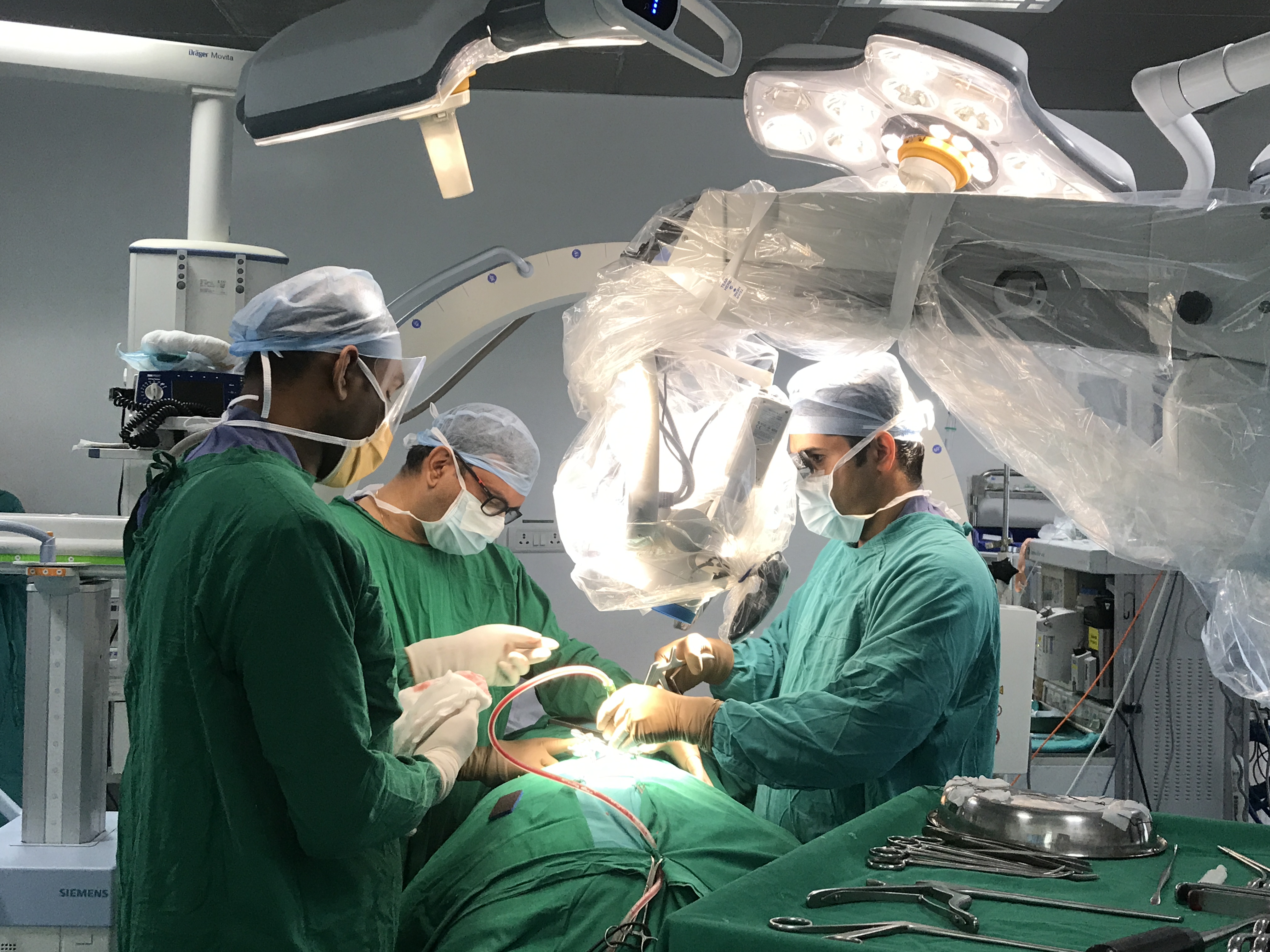
Size matters! announced Godzilla, although true in most facets of life, where bigger is usually equated with better. Surgery begs to be different,for when it comes to a scar we either don’t want it at all or if we really need to get one we want them to b small or invisible. after man had conquered surgical pain with the amazing anaesthesia techniques, the next step in evolution was to conquer large incisions.
Minimal Access/invasive techniques in surgery then came to our rescue. The evolution of minimal access techniques was made possible in the first place due to developments in diagnostics!
Yes,unless u know where exactly the problem is how can u approach with a small incision.At a time when the diagnosis of the lesion, its site and size itself was dependent on the procedure it was sensible to use maximum opening and hence the question of minimal access did not exist, the dictum was the bigger the surgeon the bigger the incision.Now CT, MRI, USG, DSA , introperative navigation are tools which make it all possible.
Minimal access was further possible because of our ingenuity, soon natural openings in the body started being use, giving ride to the concept of scarless surgery, the nose for endoscopic pituitary tumor excision and for sinus surgery , the urethral opening for prostate and bladder surgery and for renal stones, the umbilicus is the site for the hidden scars for laparoscopic surgeries.
Using multiple small holes than one large opening is cosmetically much more powerful and is a commonly technique in minimal invasive spine surgery .
But apart from all the techniques , it is the attitude of the surgeon that is the key to minimal access surgery. although the approach is small its destructive capacity is the same , so needs extreme caution and adequate training and ability to apply the principles , in short it is minimal access but maximal invasion.